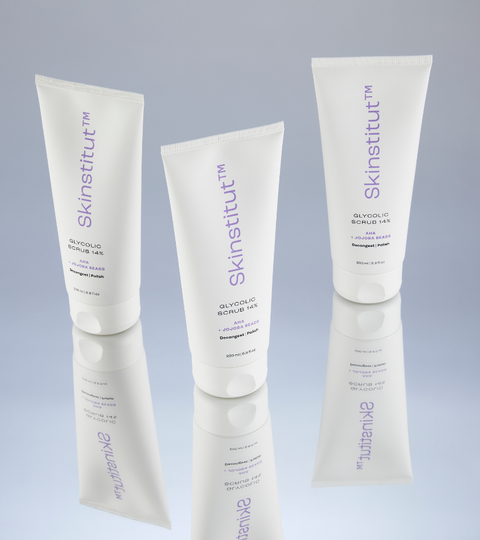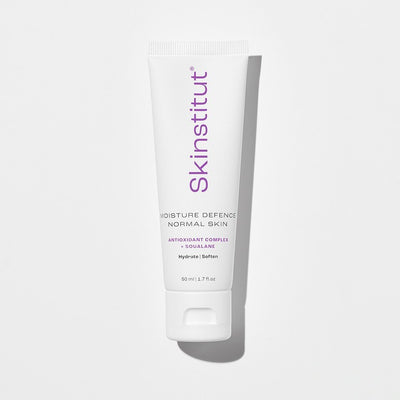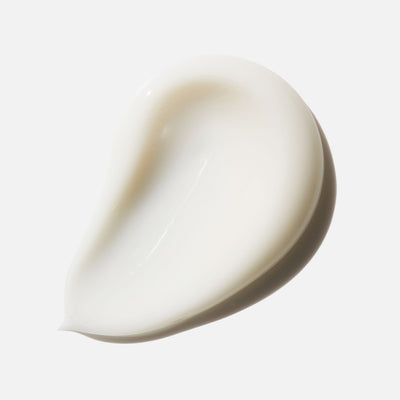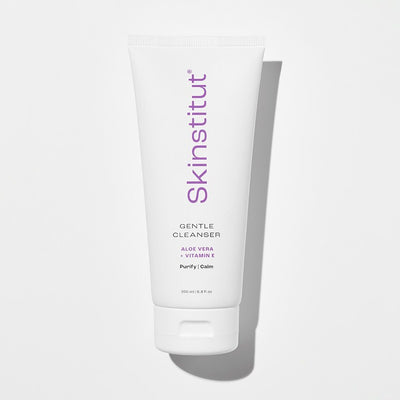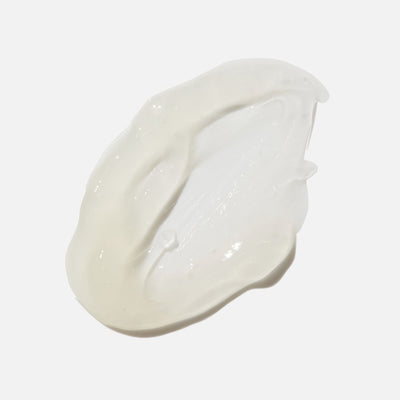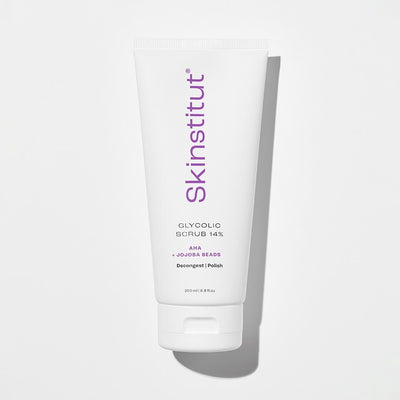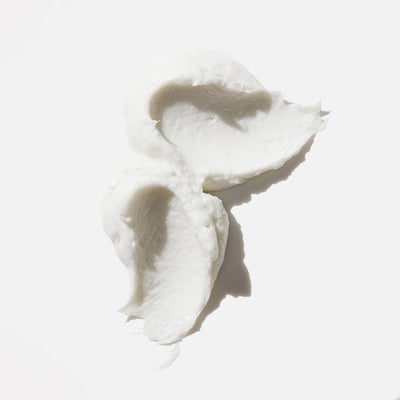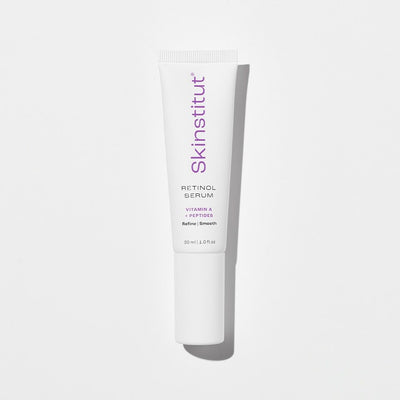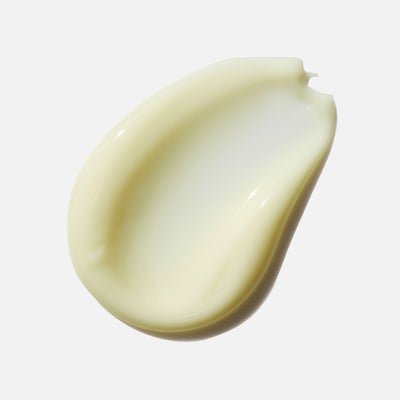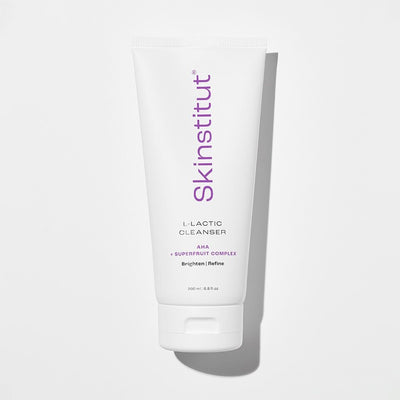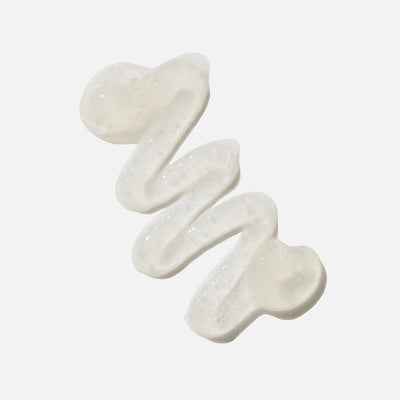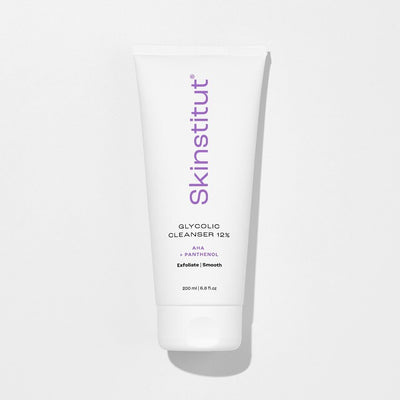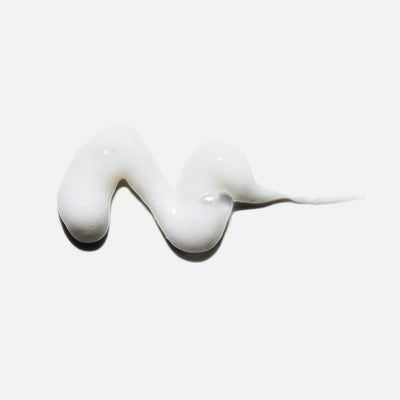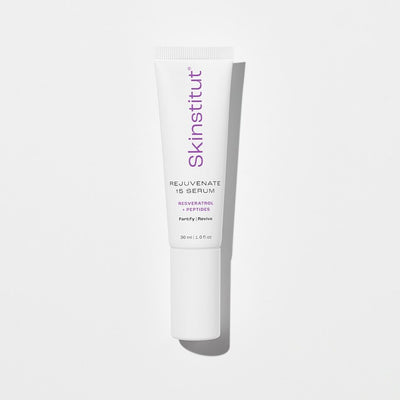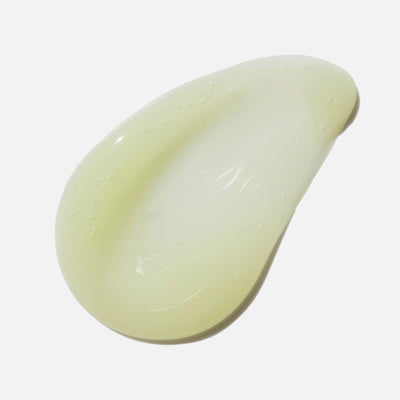When it comes to skin health, it’s essential to exfoliate, which is why Alpha-Hydroxy Acids like Glycolic Acid and Lactic Acid carry so much hype.
Because they work to refresh and resurface the skin, there are multiple benefits: think a brighter, smoother and more youthful complexion.
But Alpha-Hydroxy Acids and exfoliants in general can be a confusing category of skincare, which is why we’ve done the legwork for you and compiled everything you need to know right here..
Keep scrolling for the skintel.
What Are Alpha-Hydroxy Acids?
Alpha-Hydroxy Acids (otherwise known as AHAs) are a group of acids commonly used in dermatology for their superficial peeling benefits. AHAs include Glycolic Acid, Lactic Acid and Malic Acid, all of which are naturally occurring in plants and milk sugars: it’s worth noting, however, that for skincare purposes, AHAs are often synthetically derived.
Essentially, AHAs function as chemical exfoliants, keeping the complexion clear, smooth and luminous – which is why we love them so much!
What Are The Benefits Of AHAs?
AHAs are water-soluble, and work to dissolve the ‘glue’ that holds dead skin cells together. This action allows the skin to turn over faster, reducing the incidence of congestion, discolouration and dull texture. Because they draw water into the skin as well, they’re also great for plumping surface lines and wrinkles.
These are two of our favourites:
Glycolic Acid
Glycolic Acid is arguably the best known and most widely researched AHA on the market. Its molecules are smaller than other AHAs, which means it is able to penetrate deeper into the upper layers of the skin.
Lactic Acid
Lactic Acid has similar benefits in that it brightens, smooths and refines the skin, but its effects are gentler on your complexion. It also comes with excellent hydrating properties.
How Do AHAs Differ From Beta-Hydroxy Acids?
Beta-Hydroxy Acids (BHAs) are another popular Hydroxy Acid. The key difference, however, is that BHAs are oil-soluble rather than water-soluble, so they are useful when it comes to dissolving sebum within a pore. If you’re prone to blackheads, whiteheads and other forms of persistent acne, BHAs are a great solution.
Who Should Be Using AHAs?
Because of their far-reaching benefits, AHAs are useful for almost every skin type and concern, especially those wanting to target pigmentation, fine lines, congestion, and rough or bumpy skin texture.
Ready To Give Them A try?
It’s no secret we love AHAs at Skinstitut, and our hero formula is without a doubt Glycolic Scrub 14%.
Formulated with Glycolic Acid and biodegradable Jojoba Beads, it works instantly – as well as being ongoing over a longer period of time – to exfoliate the complexion, keeping it clear, bright and super-smooth. Think of it this way: the Glycolic ‘un-glues’ expired cells before they’re buffed away by the polishing action of the Jojoba Beads. Smart.
As for working it into your routine, it really depends on your skin type. But as a rule, Glycolic Scrub 14% can be used two to four times a week, morning or evening, after cleaning but before serums.
Bonus: it’s great to prep skin before a big event.
Try: Glycolic Scrub 14%
But wait! There’s more! Scroll on for more AHA goodness:
Searching for the best cleanser that will purify and exfoliate in one simple step? It has to be Glycolic Cleanser 12%. Because it’s a rinse-off formula, the results are gentle but noticeable, and after each wash, your face will look and feel super refreshed.
If you have sensitive skin, L-Lactic-Cleanser is a useful way to gently exfoliate without the risk of irritation. It’s a top choice for dry and dehydrated skin, too.
Expert Refine AHA Glycolic Toner
This hard-working toner combines 5% Glycolic Acid with Aloe Vera and Green Tea to chemically exfoliate, improving hydration, radiance and the look of surface wrinkles.
Locked in constant battle with pigmentation? Even Blend is the formula for you. Not only does it contain Glycolic Acid to exfoliate discoloured skin cells, but also Wakamine (a Japanese seaweed) to fade the look of scars and marks.
Want more exfoliation skintel for sensitive complexions? Jump on over to this blog where we chat about gentle methods of exfoliation.


